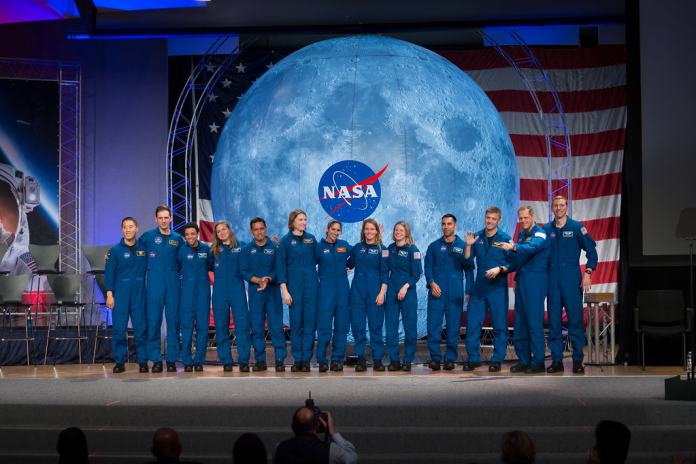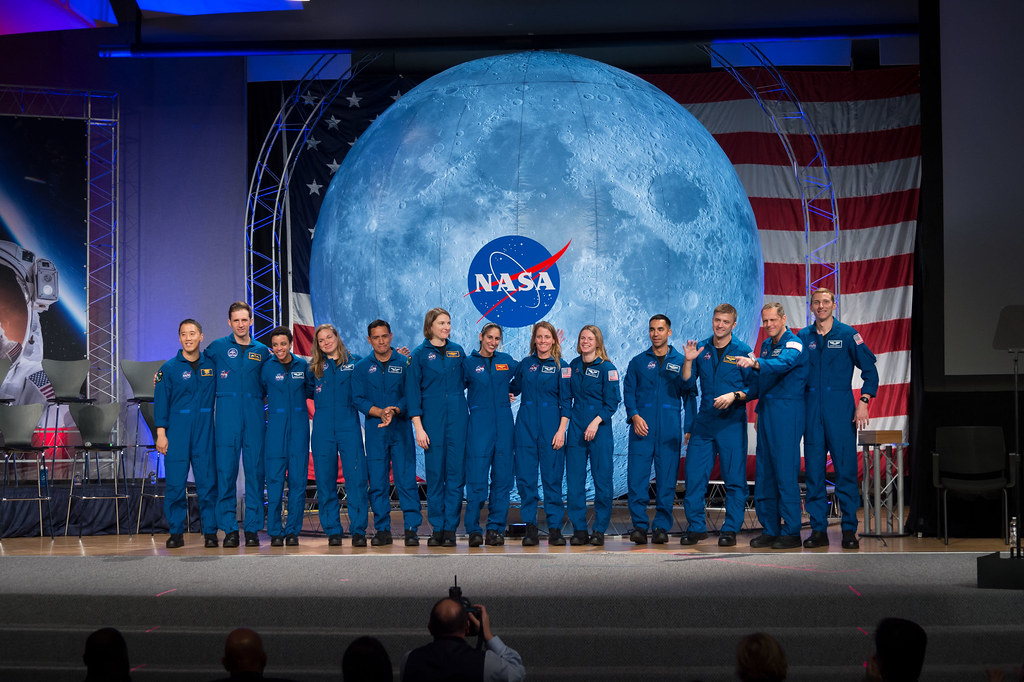
They came to NASA’s Johnson Space Center not as dreamers but as the next generation of explorers, selected from over 8,000 applicants to take the United States further into space than any previous generation. The ten newly selected astronaut candidates four men and six women will learn to fly on missions that may range from low Earth orbit to the Moon’s south pole to Mars in the future, as the agency transitions from servicing the International Space Station to one of private space stations and deep space exploration.
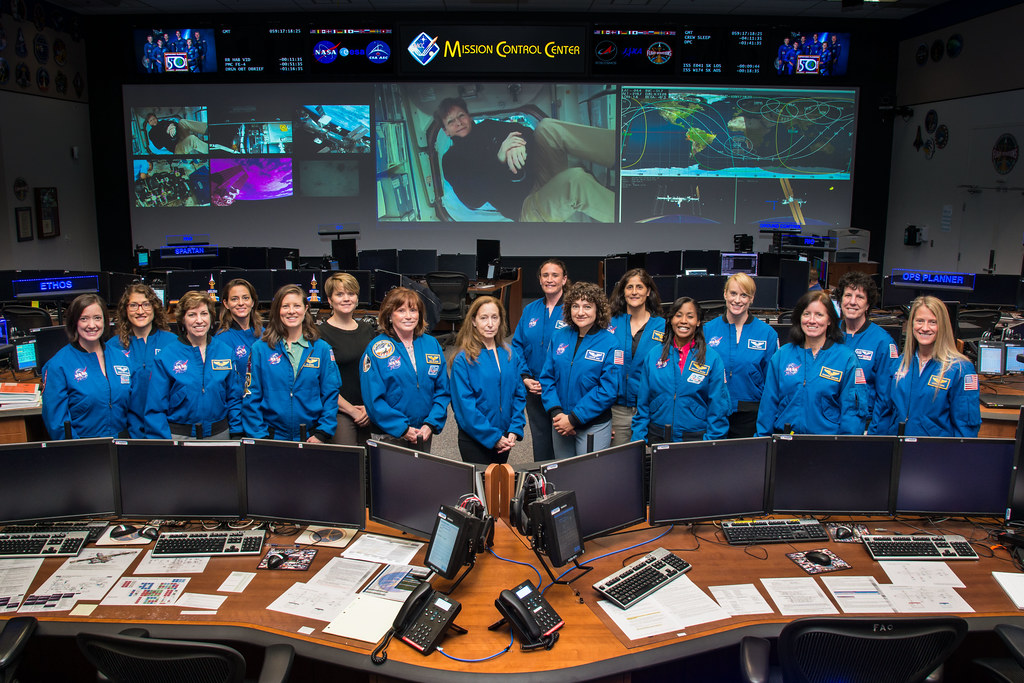
1. A Selection Marked by Firsts
This 24th astronaut class is the first in NASA history to have more women than men, and it contains a milestone unparalleled in the agency’s history Anna Menon, a biomedical engineer from Houston, is the first NASA astronaut to have flown to orbit prior to selection. Menon’s 2024 Polaris Dawn mission aboard SpaceX’s Crew Dragon reached 870 miles above Earth, the highest crewed altitude since Apollo, and conducted the first commercial spacewalk. “We’re going to be leaning on her expertise,” said fellow candidate Cameron Jones, noting her rare combination of operational skill and firsthand orbital experience.
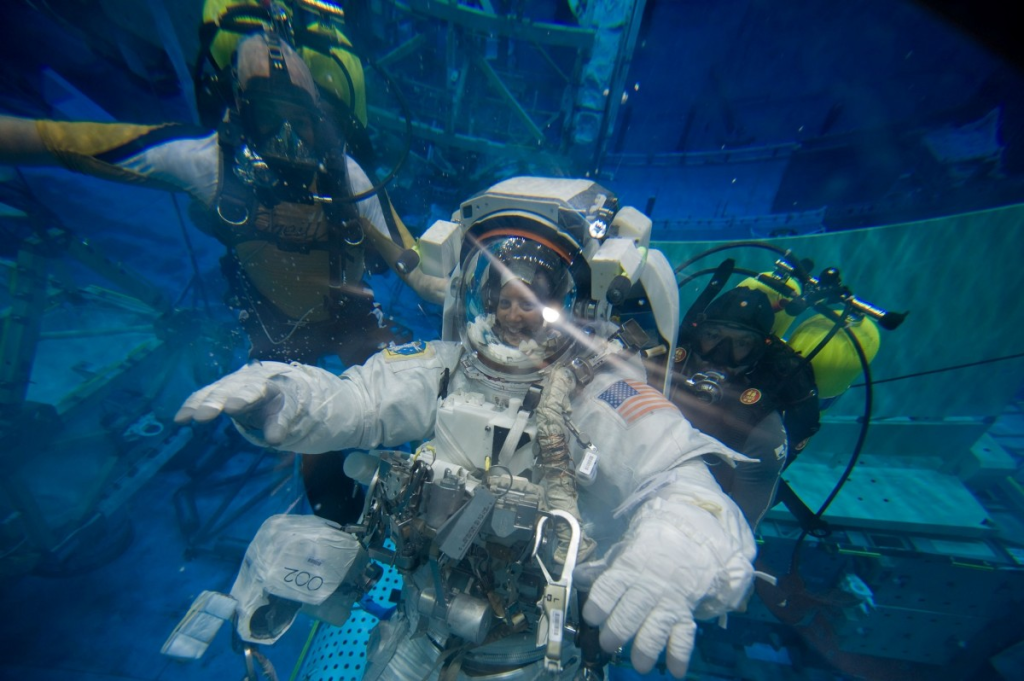
2. Training for a New Era of Missions
The contenders will go through rigorous training in geology, robotics, a foreign language, space medicine, survival skills, and high-performance jet operations over the next two years. They will also go through mock spacewalks in NASA’s Neutral Buoyancy Laboratory and lunar landing training using the newly certified helicopter course in Colorado. This course, built with the Colorado Army National Guard, simulates the degraded visual environments encountered by astronauts on the Moon, where lander thruster dust can all but eliminate all visual cues during descent.
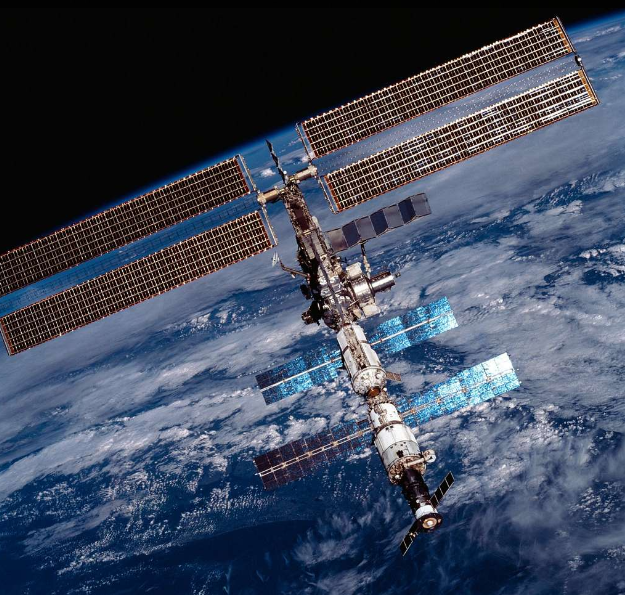
3. From ISS to Commercial Stations
The ISS is scheduled to retire by 2030, closing more than two decades of uninterrupted occupation. Under the Commercial LEO Destinations program, the agency is paying private companies to construct orbital habitats. Axiom Space, Orbital Reef, and Starlab are among the most prominent projects, all fusing engineering ingenuity with commercial drive.
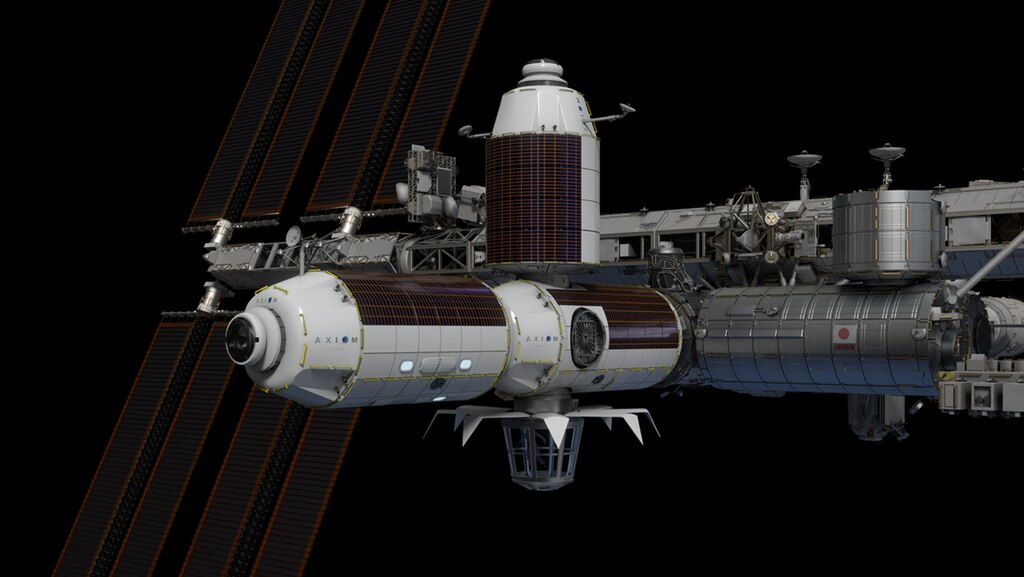
Axiom’s initial module will launch in 2027 and, after separating from the ISS, will become a dedicated station twice the usable size of today’s facility. Orbital Reef’s inflatable LIFE habitat has already undergone burst tests at 74 psi, whereas Starlab will initially come out as a single large-volume module, with maximum efficiency in microgravity operations.
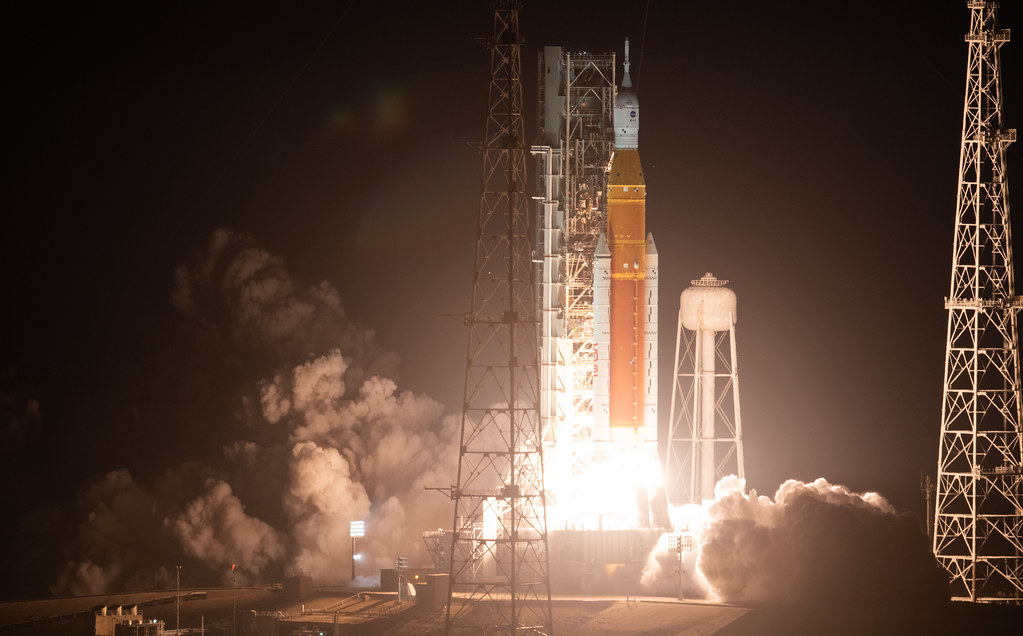
4. Artemis and the Lunar Gateway
Artemis program architecture integrates NASA’s Orion spacecraft, the Space Launch System rocket, and SpaceX’s Starship Human Landing System. The Lunar Gateway, a small lunar-orbiting station, will be used as a stepping stone for long-term surface missions. The Artemis III mission, scheduled later in this decade, will take astronauts to the Moon’s south pole, an area of choice for its ridges of perpetual light and shadowed craters that may harbor frozen water. “Every lesson learned aboard station has paved the way of where we’re headed next to the moon this time to stay and on to Mars,” said Norman Knight, NASA’s director of flight operations.
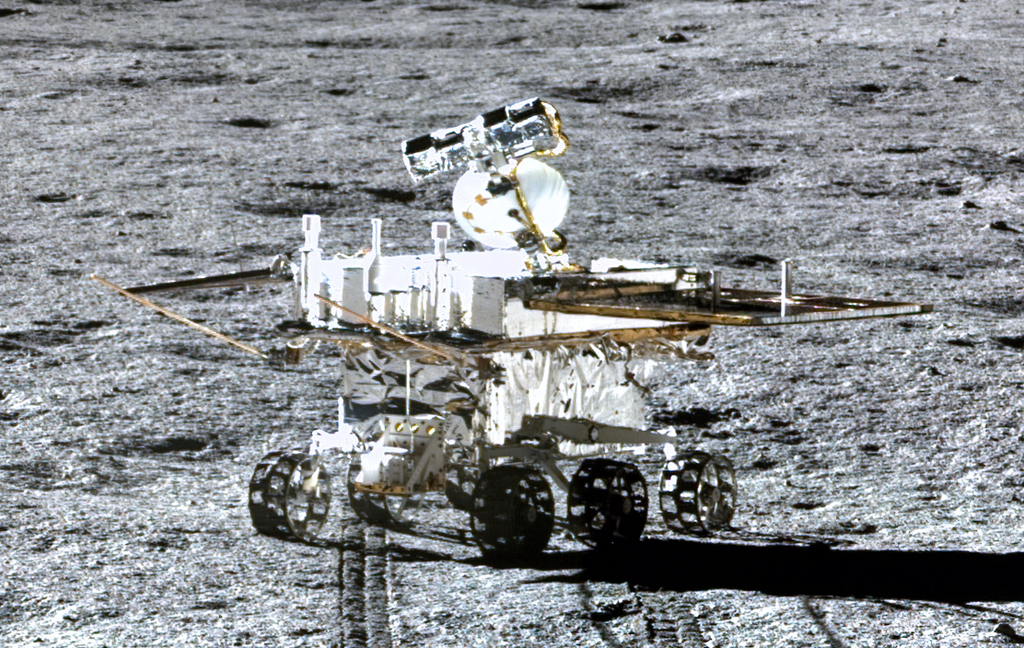
5. The Race with China
The urgency behind Artemis is heightened by China’s accelerated lunar program. Beijing’s Long March 10 rocket and Lanyue lander have passed major tests, and its aim to open an International Lunar Research Station by 2030 with Russia makes it directly competitive with U.S. ambitions. Acting NASA Administrator Sean Duffy underscored the stakes “I’ll be damned if the Chinese beat NASA or beat America back to the moon.” Control of the lunar south pole could determine access to resources and strategic infrastructure for decades.
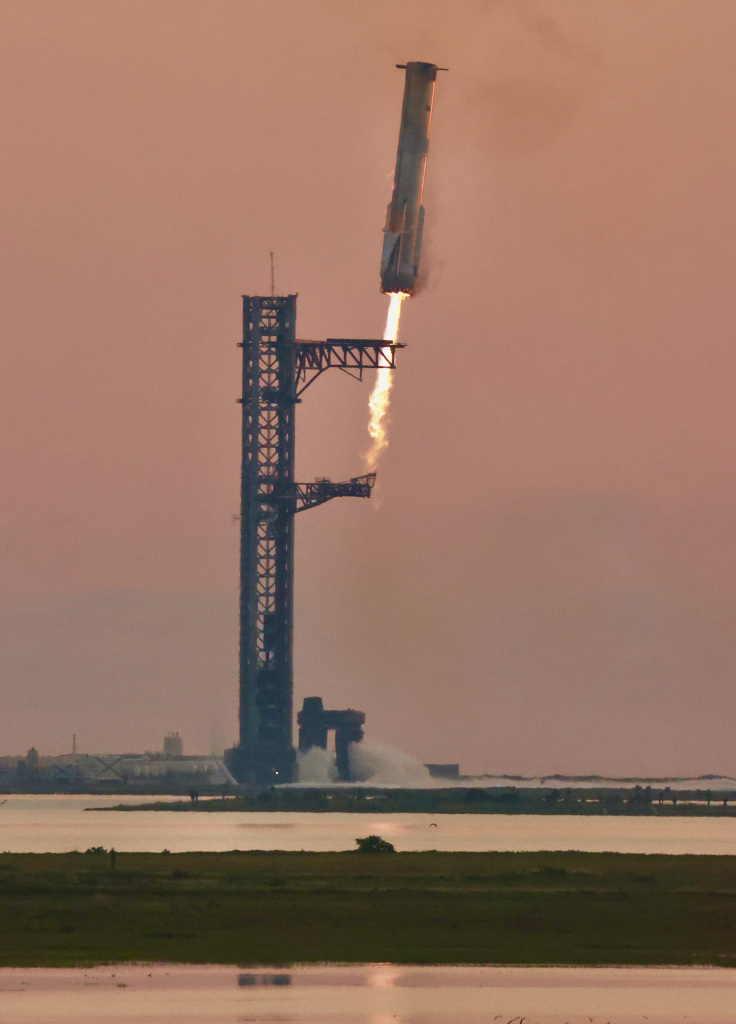
6. Technical Challenges Ahead
Starship readiness is still a key variable. The vehicle has not yet achieved orbit and must perform in-space cryogenic propellant transfer the first-ever demonstration before it can enable crewed lunar landing. Lockheed Martin’s Orion spacecraft has resolved previous design issues, but linking up with Starship in lunar orbit will demand controlled docking and transfer procedures under mission-critical timelines.
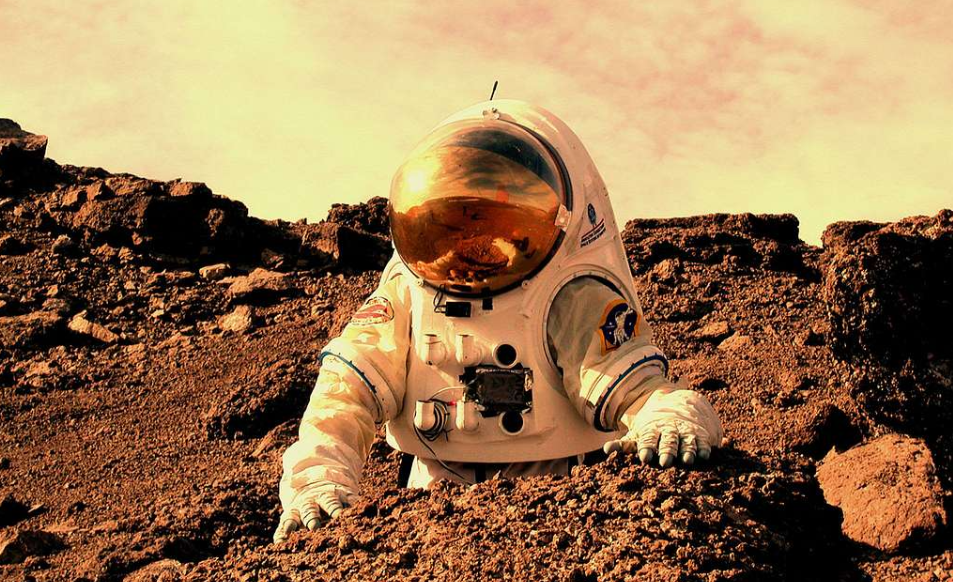
7. Preparing for Mars
Outside the Moon, Artemis is meant to serve as a testing ground for Mars missions. The engineering, operational, and physiological lessons of living on the Moon from life support systems to radiation shielding will be applied to spacecraft and habitats for interplanetary missions. The new astronaut class’s varied experience, from test piloting next-generation aircraft to commanding Mars rover science teams, all point towards NASA’s long-term objective of maintaining human presence outside low Earth orbit.
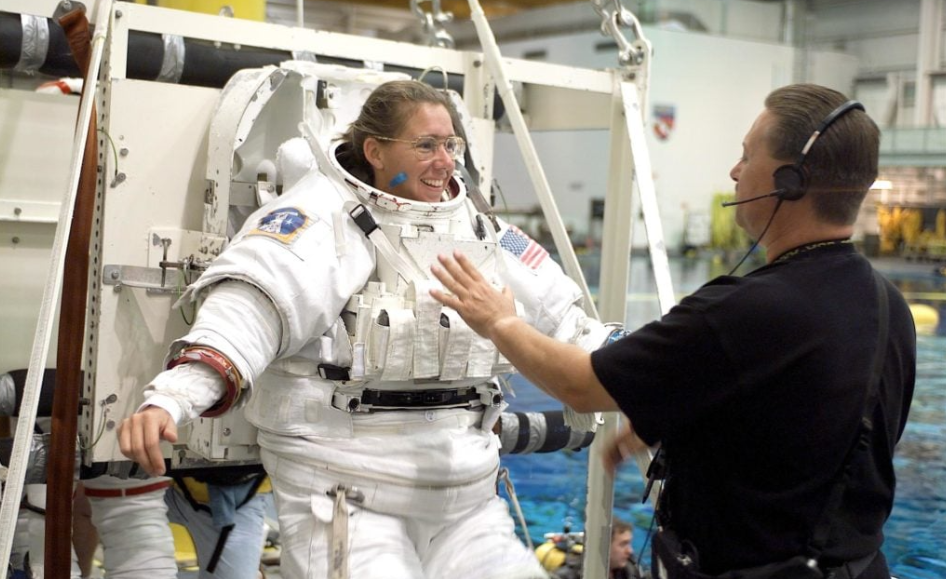
The ten new candidates become part of 48 active astronauts, entering a program at a time of change. Their careers will take place in an age when private enterprise constructs the homes, NASA operates the deep space missions, and competition among nations propels the timelines. For them, the journey from training planes in Texas to dust-ridden dives on the Moon and maybe the rust-colored sands of Mars is no longer a remote possibility but a fast-approaching reality.
